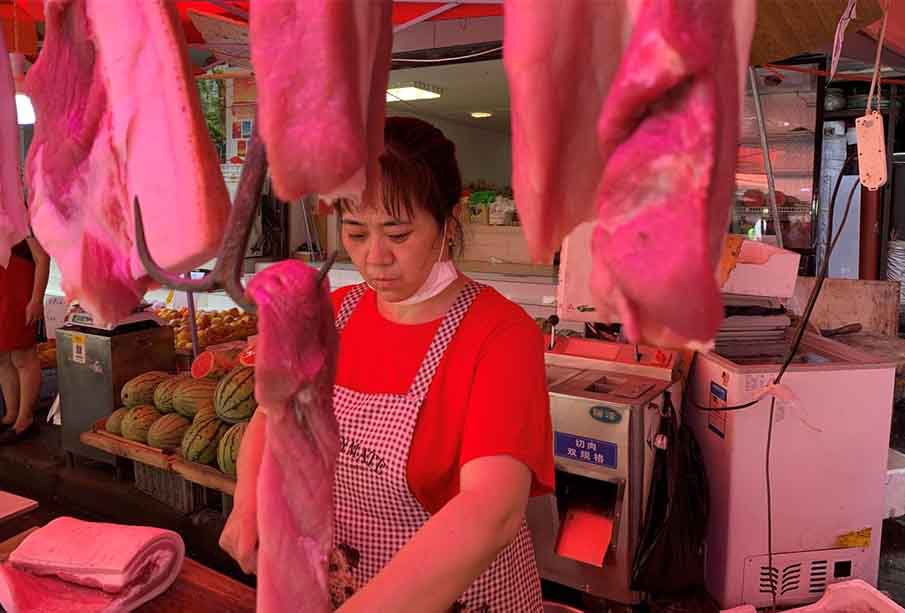Six months after the World Health Organization learned of “viral pneumonia” cases that would become the COVID-19 pandemic, life in Wuhan, the city where it emerged, is returning to normal, although masks remain ubiquitous and emotional scars linger.
A city of 11 million, Wuhan was locked down for two months starting in late January in a draconian measure that helped stamp out the virus at its initial epicentre. Hubei province and its capital city Wuhan accounted for most of China’s 83,531 new coronavirus cases and 4,634 deaths.
“As time goes on, the epidemic situation is slowly getting better and the virus has basically gone for now,” said resident Pan Yuan, 35.
“We will take off masks when we go to some places with low risk. Though we are told there is no need to wear masks in Wuhan, people still wear masks,” she said.
“I still feel sad when talking about it.”
China has contained the outbreak, thanks to measures such as widespread testing and contact-tracing, although it is dealing with a flare-up this month in Beijing.
“When it broke out half a year ago, people were scared of it. I felt stressful as it threatened my family,” said Li Chao, a 32-year-old father in Wuhan. “Thanks to efforts made by the government and the people together, the epidemic has improved.
“Life and work are gradually getting back to normal.”
Traffic on the roads is increasing and people are shopping in markets and returning to work in offices, where additional measures are in place such as temperature screening.
In Beijing, which has reported seven new cases on each of the last two days, residents spoke of inconvenience, not fear.
“I think it’s mainly my way of work that’s changed. Before all this we all worked in the office. Now, after the outbreak, we all work from home alone,” said a 27-year-old man surnamed Jin.
Another Beijing resident, surnamed Sun, said wearing a mask was uncomfortable and the pace of life had slowed.
“On the other hand, with the pace of life slowing down somewhat, pressures in life have increased. That’s because if the pace of life slows down then financial pressures increase.”


